As vaping continues to impact pupil wellbeing, behaviour and safeguarding, more schools are turning to vape detection systems to take back control.
But with tight budgets and increasing scrutiny over spending, headteachers and business managers need to understand not just the cost, but the value. How much does a vape detector system really cost? And how quickly does it pay for itself?
At Vape Guardian, we believe in being completely transparent. Here is a simple breakdown of costs, what you will need, and how to calculate your return on investment (ROI).
The Cost of Vape Detection – Clear and Simple
Our pricing model is built for simplicity and scale. Whether you are a small secondary or a large academy trust, here is what you can expect:
Hardware Cost
-
£249 plus VAT per sensor
-
No bundles, no minimum order, no hidden fees
Software Licence
-
£19.99 plus VAT per month
-
This is a flat fee, regardless of how many sensors you install
-
Covers: cloud reporting, real time alerts, technical support and updates
Training and Support
-
Included with every order
-
All materials provided for SLT, site teams and safeguarding leads
-
No extra charge for training access
Installation
-
Self installation is the norm
-
Designed to be fitted by your school’s site or maintenance team
-
No specialist tools or contractors required
What Does a Typical School Spend?
Most secondary schools opt for around 6 detectors, depending on toilet layout. Here is a typical deployment:
| Item | Quantity | Cost (ex. VAT) |
|---|---|---|
| Vape Guardian Detectors | 6 units | £1,494 |
| Monthly Software Licence | 1 licence | £19.99 per month |
That is a one off capital spend of £1,494 and an ongoing cost of £19.99 per month — not per sensor, per school.
How Many Sensors Do You Need?
It depends on your toilet setup:
-
Open top cubicles? One sensor per bathroom is usually enough
-
Floor to ceiling cubicles? You will need one sensor per cubicle
Need help working it out? Our team can map your school’s layout with you.
ROI: How Quickly Do Schools See a Return?
Here is where it gets interesting. The cost of ignoring vaping is high — and growing. When you factor in:
-
Reduced toilet vandalism and cleaning callouts
-
Less staff time spent investigating incidents
-
Improved attendance and behaviour
-
Safeguarding compliance and Ofsted readiness
… the system often pays for itself within the first term.
Example: ROI in Action
Let us say your school of 800 pupils installs 6 detectors.
If you save:
-
30 hours of staff time per term (dealing with vaping incidents)
-
£500 in facilities damage prevention
-
A single pupil’s attendance improves by 10 percent, reducing exclusion or intervention risk
Then your ROI in year one is well over 100 percent — and that is before considering safeguarding impact or inspection preparedness.
A Final Thought
Vape detectors are not just a piece of kit — they are part of a wider strategy. Schools using Vape Guardian tell us they see:
-
Stronger staff confidence
-
Calmer student behaviour
-
Better parent communication
-
And data that drives real change
If you are weighing up the cost, we encourage you to weigh up the cost of doing nothing too.
Want help building your own ROI case? Get in touch - we are here to support your decision.

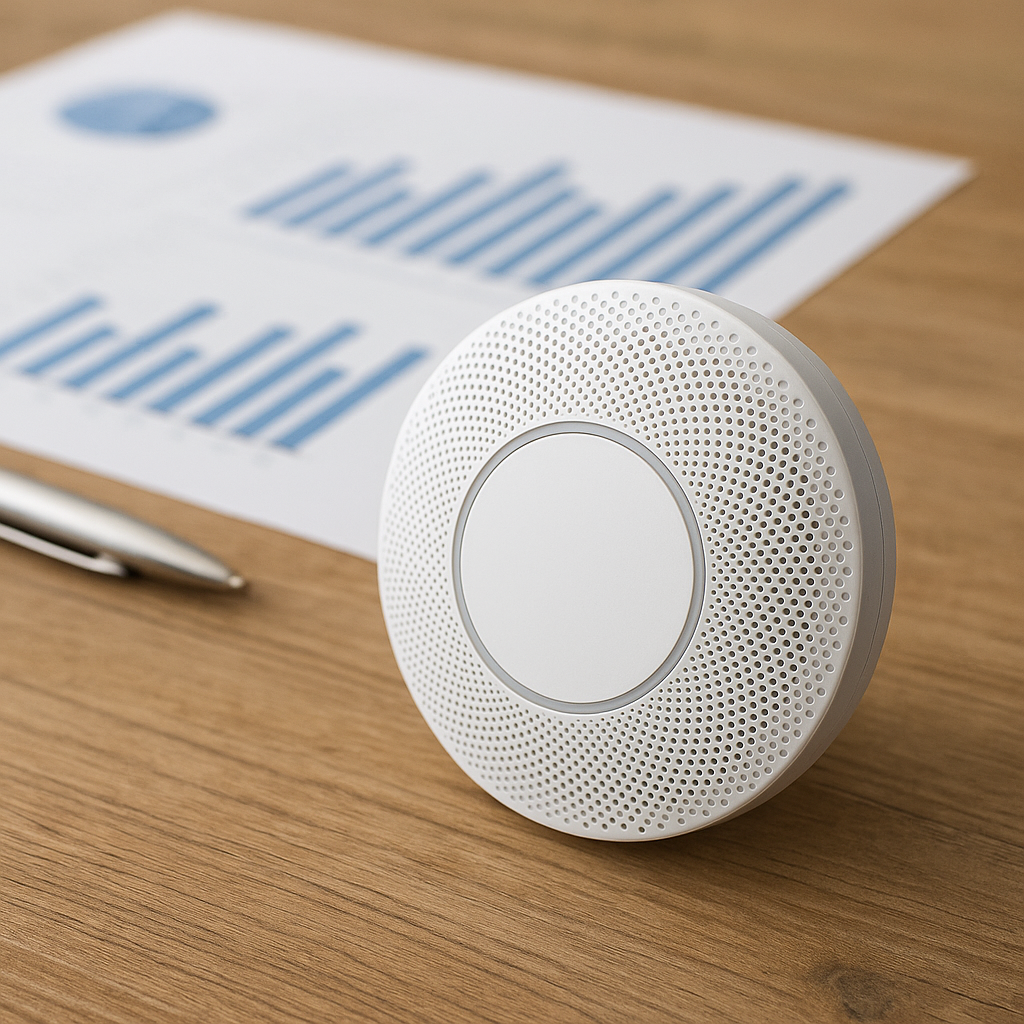
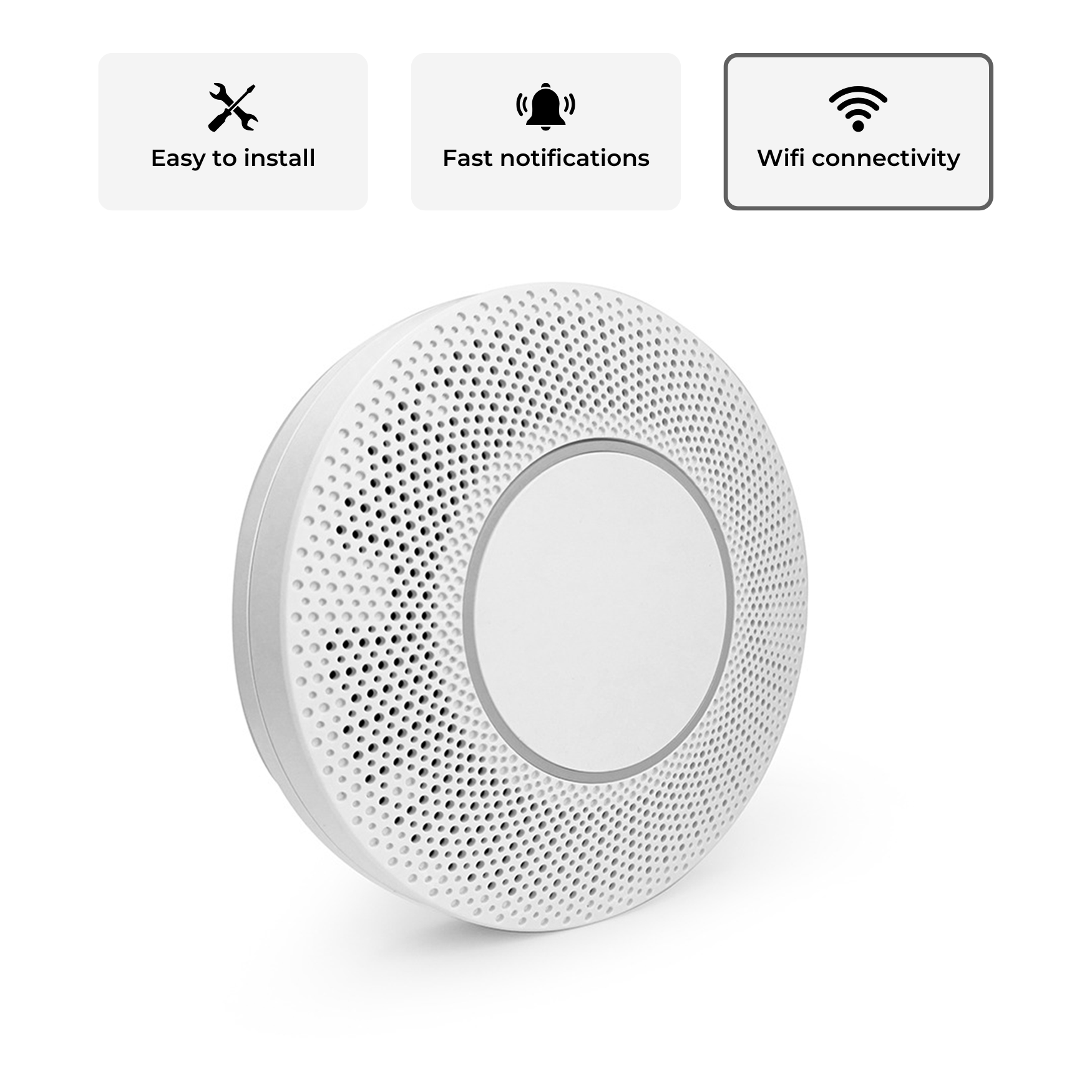
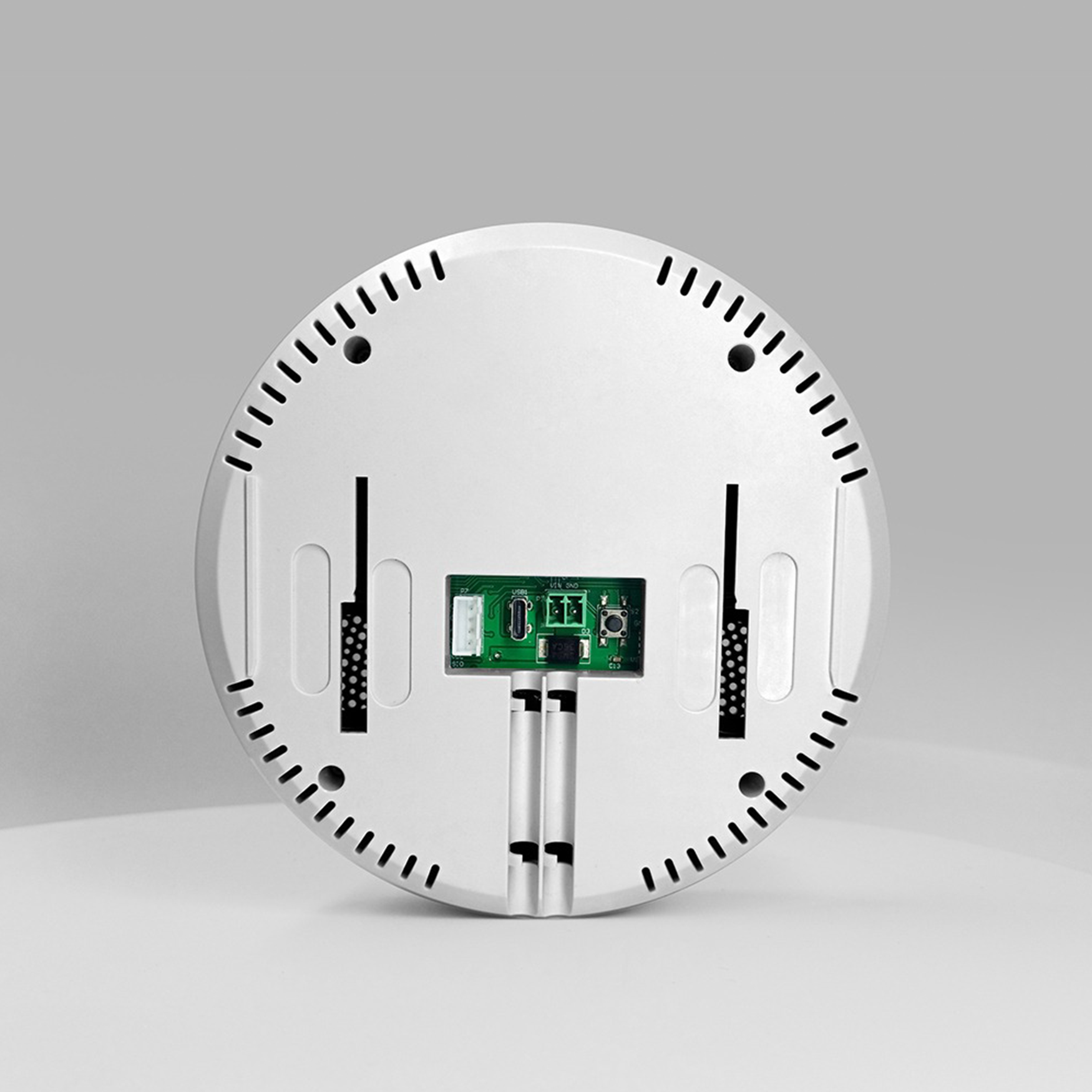
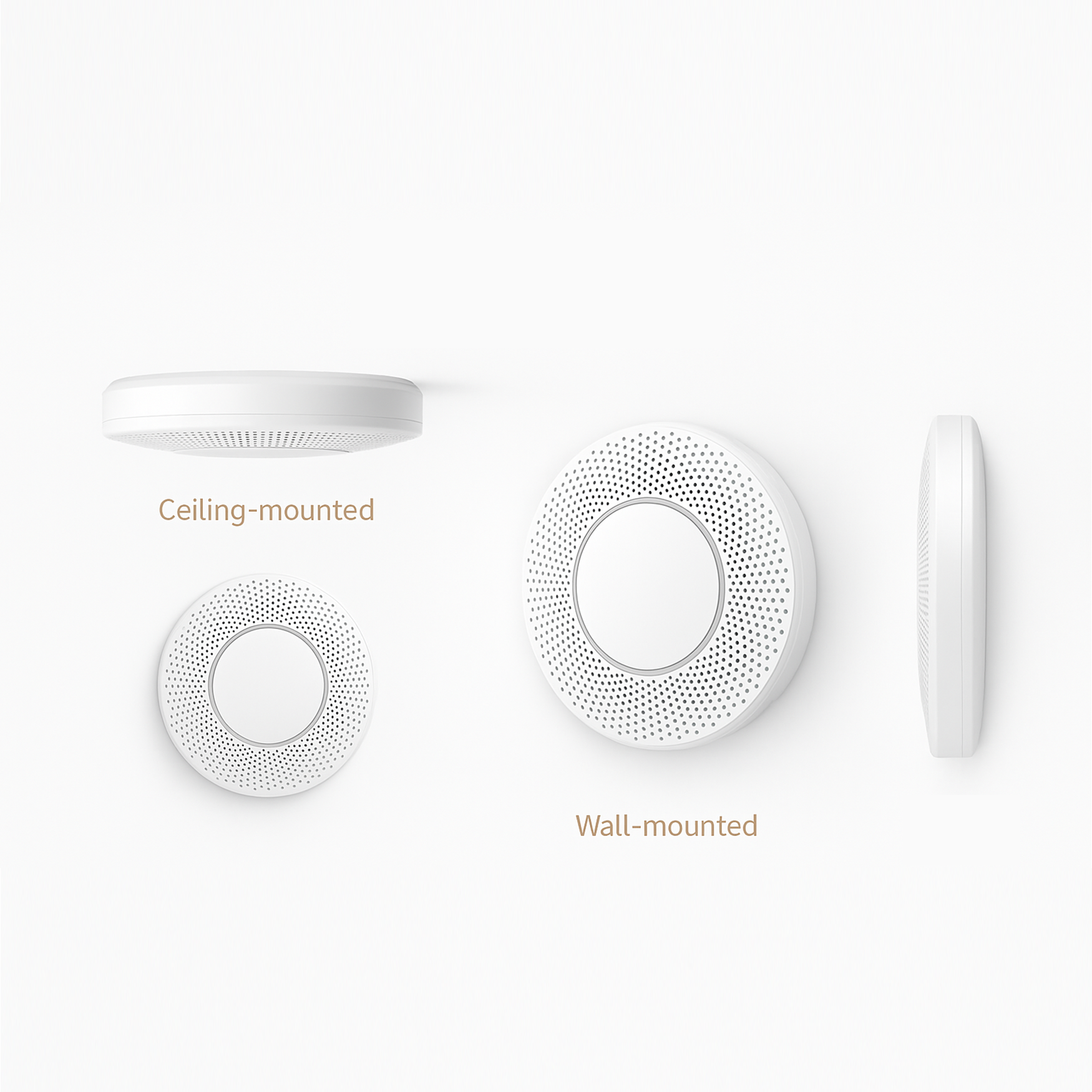
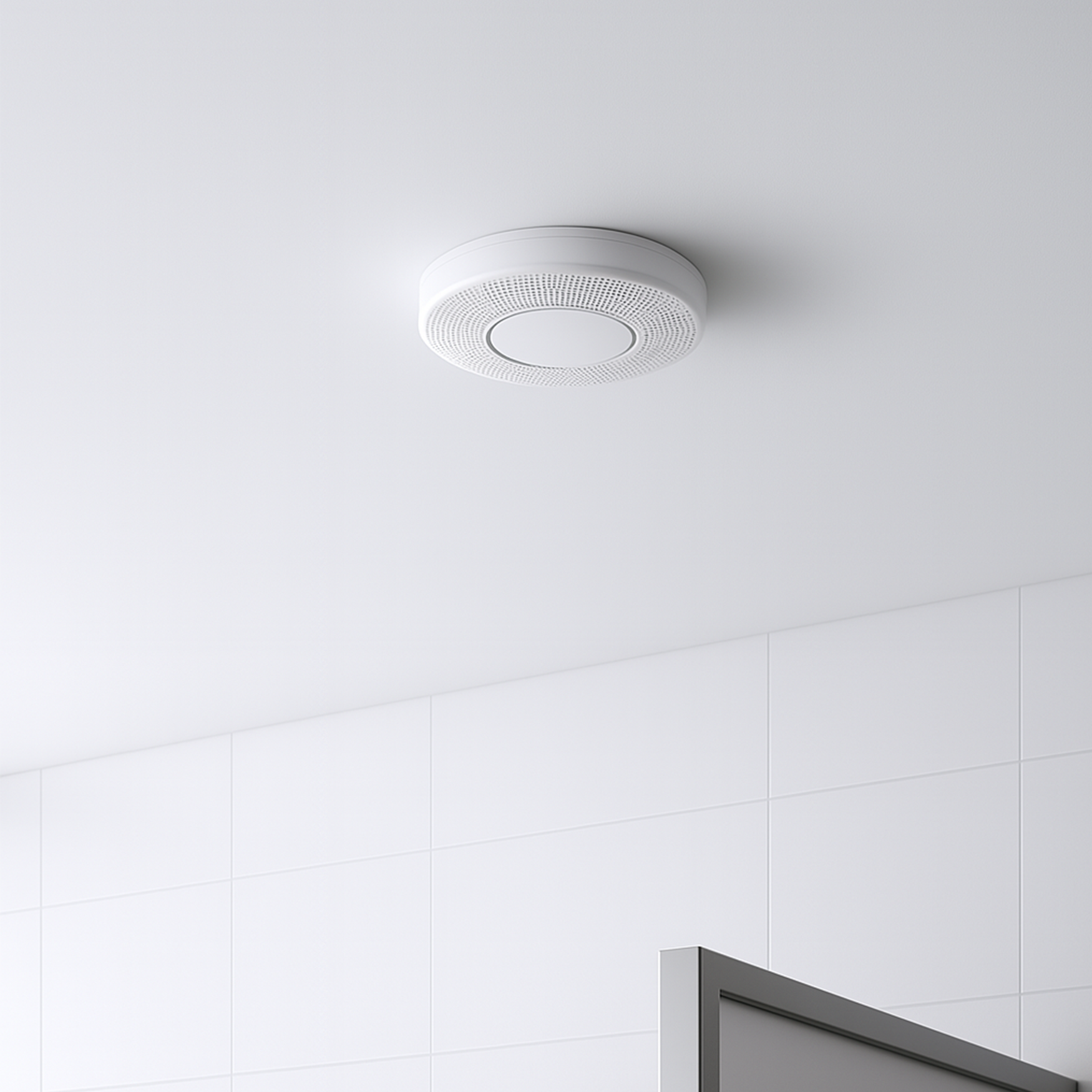
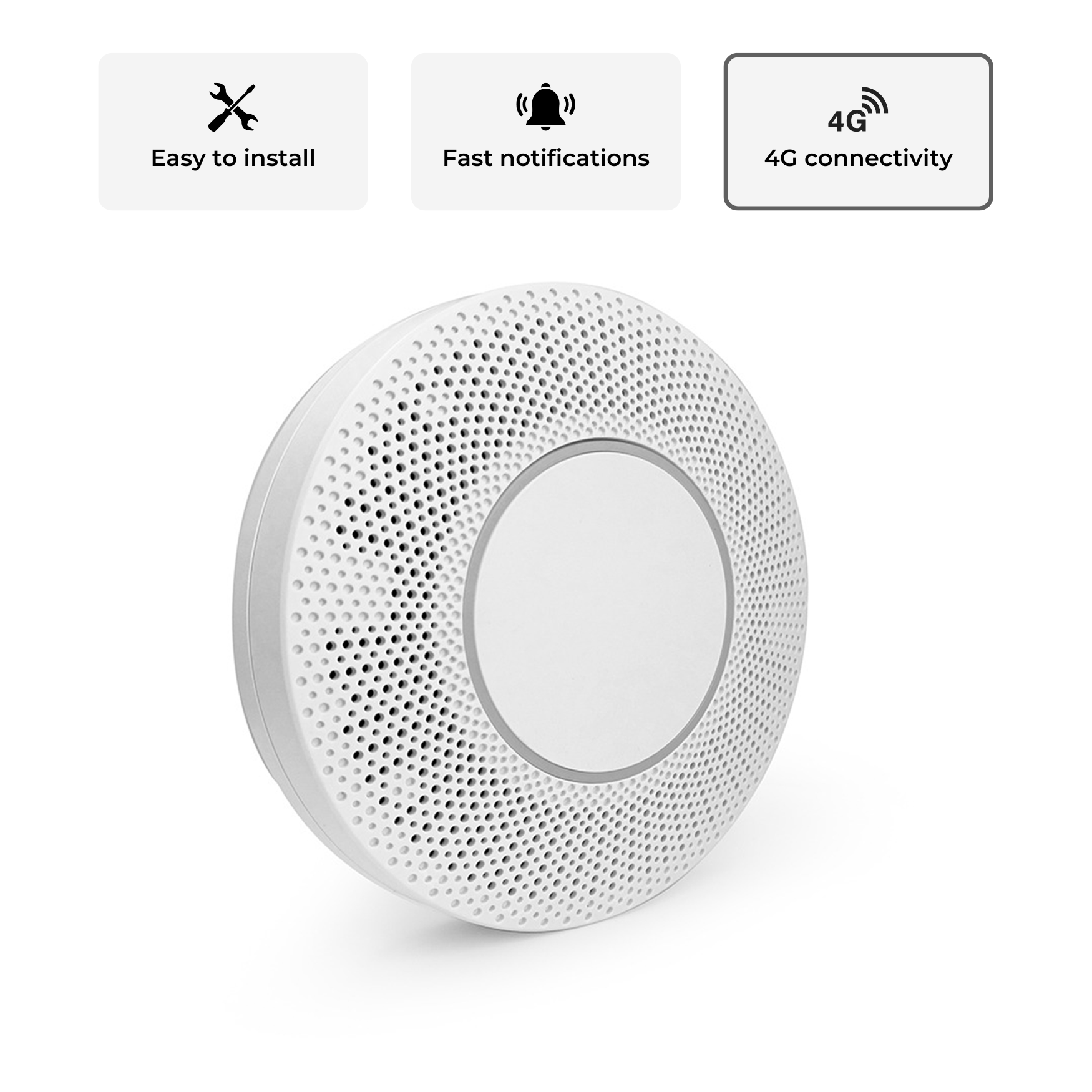

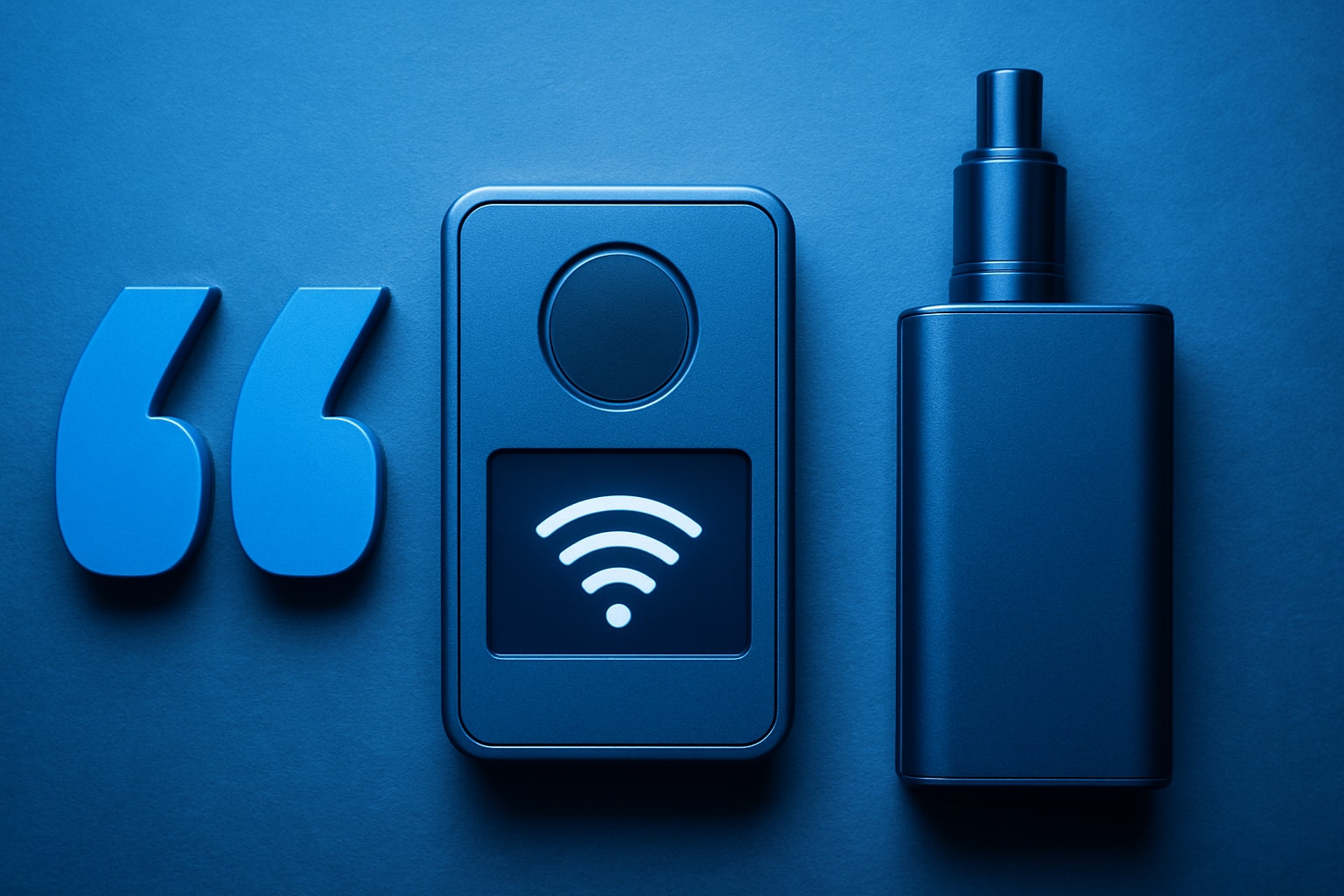
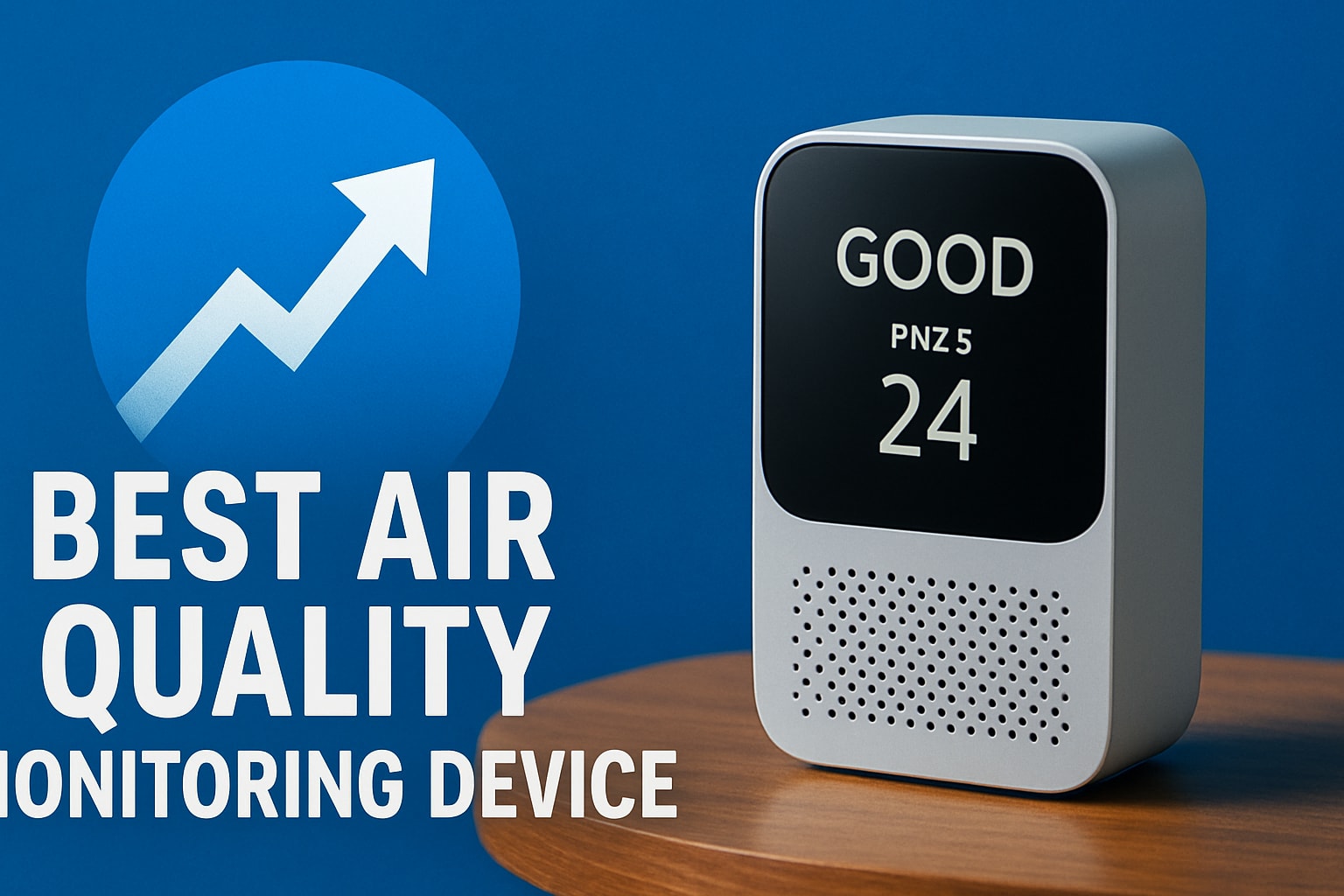
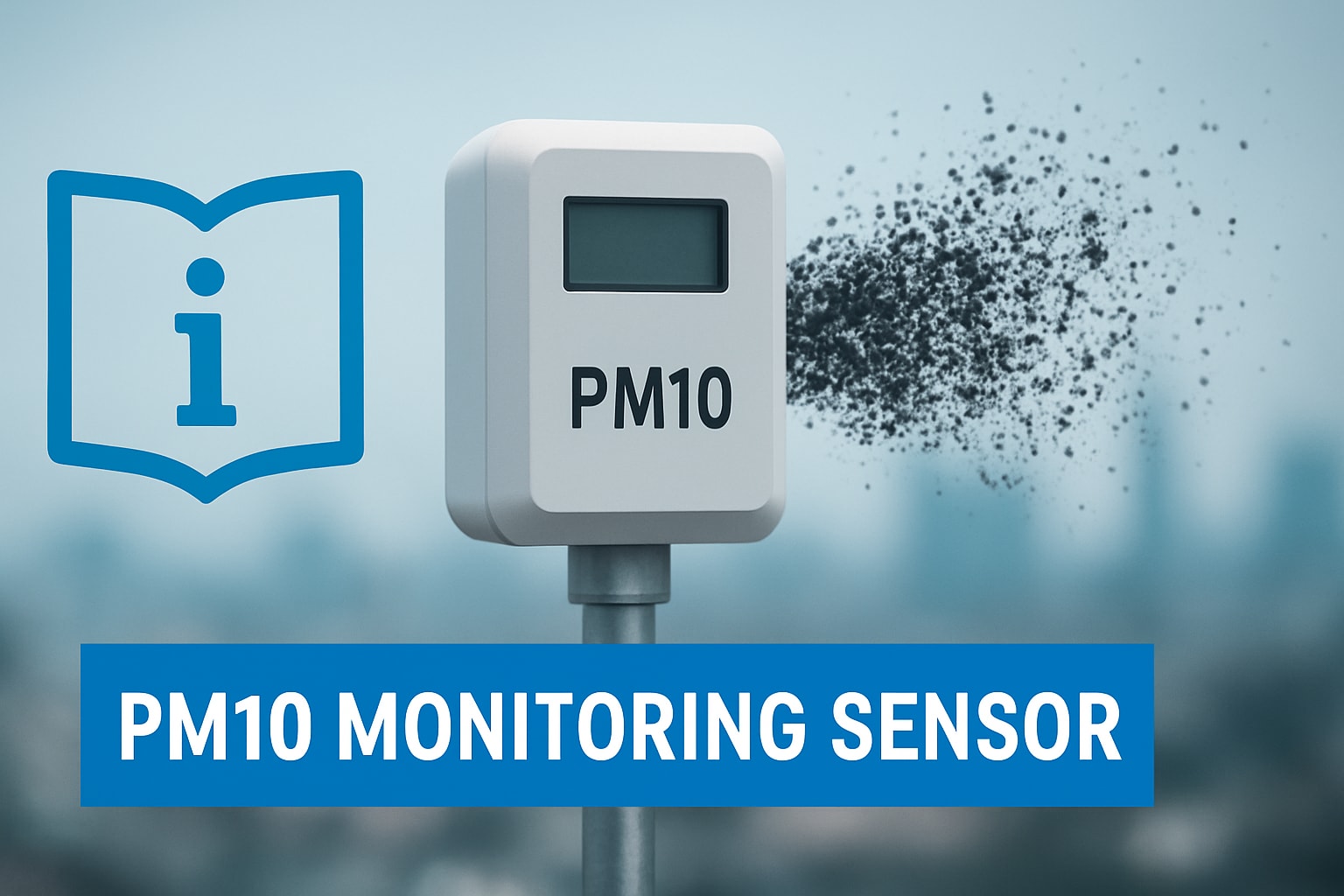
Share:
Do Vape Detectors Work in Bathrooms? Evidence and Best Practice
“Irreversible harm” warning on youth vaping: what schools and workplaces need to know